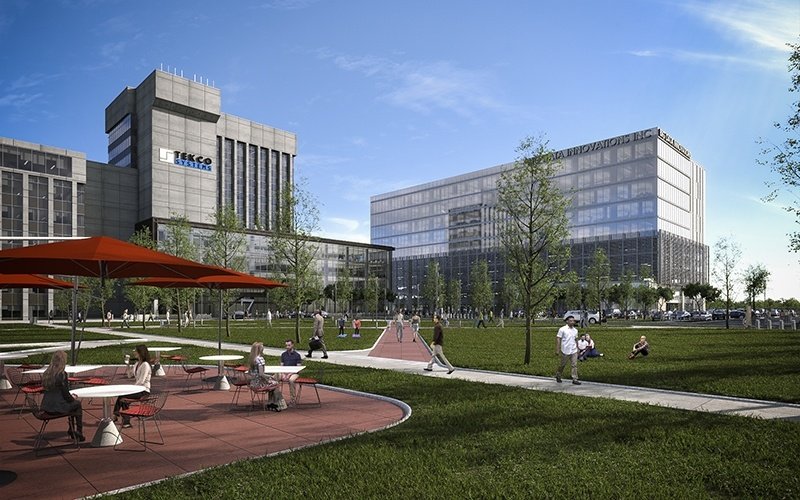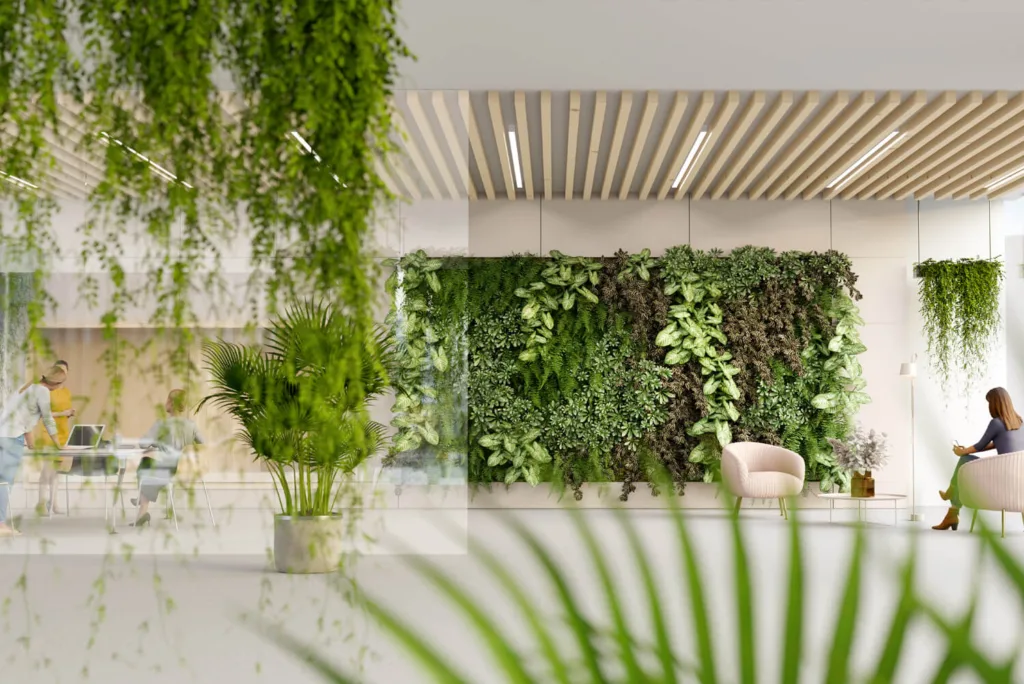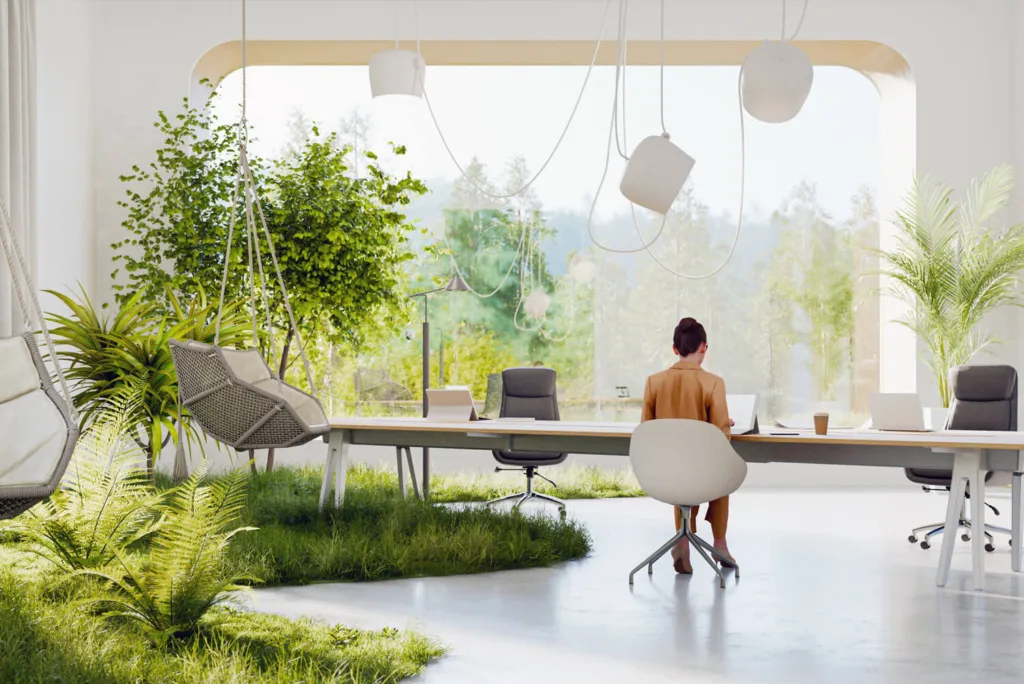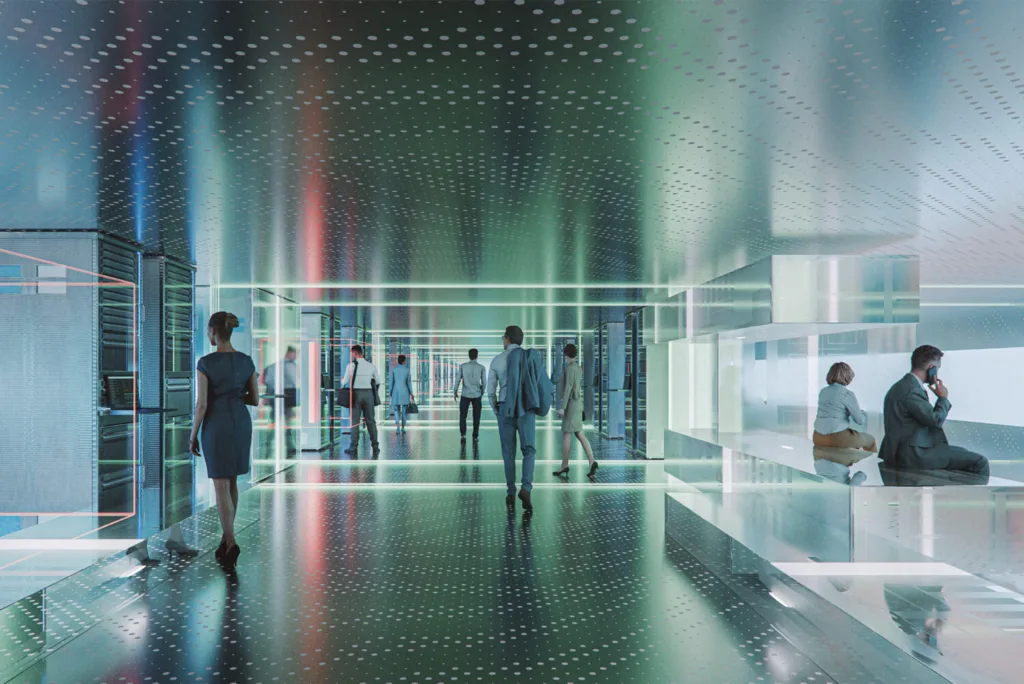A shorter version of this article first appeared on Propmodo.
In my last article for Propmodo, I talked about how value in commercial real estate is following user experience over physical assets, and some of the factors contributing to this shift. Before we get into the urban vs. suburban office landscape, let’s review the current state of the workforce and workplace expectations.
Value Follows User Experience
We all know that the number of millennials in the workforce is growing but according to Deloitte, they will make up 50 percent of the workforce in less than two years and 75 percent by 2025. This workforce makeup brings a whole new set of expectations into the office – expectations that will eventually impact all other working generations, if they haven’t already.
A study by the Harris Group found that 72 percent of millennials prefer to spend more money on experiences than on material things. First time home buyers are getting older and older, and generally speaking, millennials are traveling more than buying homes or cars.
While there is no doubt that this generation favors user experience, an even more interesting phenomenon is how intrinsically connected these experiences are to technology, mobile devices, and social sharing. Every single experience is tied to technology – whether it’s reserving a rental on Airbnb or posting a photo of a meal on Instagram.
And it’s not just millennials… Generation Z, the generation right behind millennials, is actually slated to be bigger than millennials and baby boomers, and will make up a huge part of the workforce before we know it. These workers are (and will be) true digital natives who have never known life without a device in their hand. It’s truly part of their moment-to-moment existence.
How do these generational habits and expectations impact real estate? Well for one, UX and tech-enabled amenities at the office are no longer just a nice-to-have. The overly obvious example of how this has played out in CRE is seen in the hyper growth, scale, and valuation of WeWork. Similar to Airbnb and Uber, value is in owning the tech-enabled experience, not in owning cars, apartments, or office buildings.
{{cta(’62d3f1a3-a394-4711-a3a5-e02c4c7d4fa0′,’justifycenter’)}}
The Urban Suburban Landscape
As the millennial workforce grows in size, it also grows with age. Millennials are getting older, and while they continue to prioritize experiences, they’re also growing more conservative with saving money.
The only difference between the millennial suburban migration and the baby boomer suburban migration is that it’s happening a bit slower. But as aging millennials finally begin to start their own families, they’re logically considering options outside the pricey urban core. In response, suburban markets are also shifting to an amenity-rich focus that millennials love: access to retail, experiences, and transportation are key for those that live in the suburbs and work in the city.
This also opens up an entirely new opportunity for businesses in the suburbs that are suddenly better equipped than ever before to attract millennial hires, the most in-demand generation for talent particularly for innovative tech businesses. And part of the way they do this is by bringing everything that millennials love about the city to the suburbs.
According to CBRE, suburban office submarkets with urban characteristics (or “urban-suburban” offices) are in the best position to capture occupier demand due to live-work-play dynamics, including higher densities of office space, housing and retail, as well as transportation access and other amenities. In 2017, rents in more than 50 percent of the most established urban-suburban markets exceeded their downtown counterparts.

Value Follows User Experience (to the Suburbs)
For landlords that want to capitalize on current and future suburban market growth, they know it’s not enough to just sit back and wait for millennials to eventually come to them. They have to get proactive and help their tenants get ahead in the talent wars with the amenities, experiences, and technology that employees and recruits have come to expect.
Landlords of suburban office buildings are successful when they’re uber-focused on tenant experience. Landlords in the urban core can rely on neighborhood amenities and experiences that are a stone’s throw away for tenants. Landlords in the suburbs feel more of an urgency to make changes to their property that will impact tenant recruitment and retention – both on the business and employee level.
Here are just a few examples of how landlords are making suburban office enhancements by offering tech-enabled experiences that attract the migrating millennial:
- Work/life balance – Talent in the suburbs is as focused on career growth as those in the city, but they’re also prioritizing life experiences that help them unplug and disconnect for mental health and physical wellbeing. National Development leverages our tenant experience app to make sure tenants at The District are aware of all the wellness activities available to them at this 1.2M SF complex in Burlington, MA, such as free yoga, gardening sessions, and bike tune-ups to name a few. Landlords that make it easy for businesses to offer and promote wellness activities onsite will win over the hearts and minds of tenants.
- Convenience and streamlining second shift – Suburban tenants often can’t walk next door or down the block to pick up their dry cleaning or get their haircut like they can in the city. Landlords are simplifying the tasks and chores that tenants typically accomplish before and after the workday by offering on-demand services via a mobile app for their building. Landlords are also simplifying the biggest second shift time-suck: commuting. For example, Boylston Properties provides tenants of LINX, their 185,000 lab complex in Watertown, MA, with a free shuttle to public transportation – with real-time tracking and everything. This makes tenants lives so much easier and keeps them happier at (and after) work.
- Local perks and promotions – Suburban tenants commute in and often bring their own coffee and lunch, but landlords who connect tenants to the local economy through mobile promotions and giveaways will provide an extra treat to help them get through the work week. The Bulfinch Companies is a good example of a landlord making local retail promotions easily accessible and discoverable to their tenants at the Hillsite Building in Needham, MA – everything from discounted massages, to buy-one-get-one free juices, to free trials at local gyms. An added benefit to landlords who make all these promotions more tech-enabled: local retailers will love the added exposure and goodwill by the landlord.
Urban Suburban For the Win
At HqO, we’re working with some of the most forward-thinking landlords like National Development, Boylston Properties, and The Bulfinch Companies, to offer their tenants a mobile app for their office building.
- National Development: The District Burlington is 1.2M SF of state-of-the-art workspace and on-site access to seven curated restaurants, fitness & wellness facilities, walkable open space, a bike share, a private shuttle to the Alewife T stop, community gardens and more. Known for offering tenants a premium workplace environment, National Development chose HqO to give tenants mobile access to and increased communication about the wide variety of unique experiences, activities and amenities onsite daily.
- Boylston Properties: LINX boasts 185,000 square feet of lab space in the East End neighborhood of Watertown, MA, and is home to some of the most innovative biotech businesses in the Greater Boston area. With more than 30 years of experience owning and operating retail, residential, hotel, office, and research buildings, Boylston Properties is leveraging HqO to connect tenants of its Class A, LEED Gold lab space to a variety of premium amenities, experiences and local perks, as well as an on-site coffee and sandwich shop, bicycle storage, showers & locker rooms, over 500 parking spots, and a private shuttle to Harvard Square.
- The Bulfinch Companies: The Hillsite Office Building is a seven-story, 111,928 sf office property located in the heart of the N2 Innovation District and Central Route 128 market. Tenants of the building experience a convenient commute off of I-95/Route 128, with access to dozens of local restaurants and retailers, fitness centers, daycare/preschool, and food trucks. The building offers plenty of tenant and guest parking, train shuttle service, bike racks, and fresh food kiosks. By partnering with HqO, Bulfinch is furthering its commitment to improve tenants’ daily work experience by bringing unique amenities onsite and opening up more perks around the office building – all available to Hillsite tenants exclusively on their mobile phone.
It’s no surprise that these landlords are some of the first to adopt mobile technology that transforms how tenants interact with the property and onsite amenities. They are so focused on always improving the daily work experience for their tenants, which makes it exponentially easier for businesses to recruit and retain the best talent. And at the end of the day, that’s really what it all comes down to for tenants, regardless of office location: talent, talent, talent.
{{cta(‘49922c01-9849-48b1-853e-aea1cfd60eab’,’justifycenter’)}}


